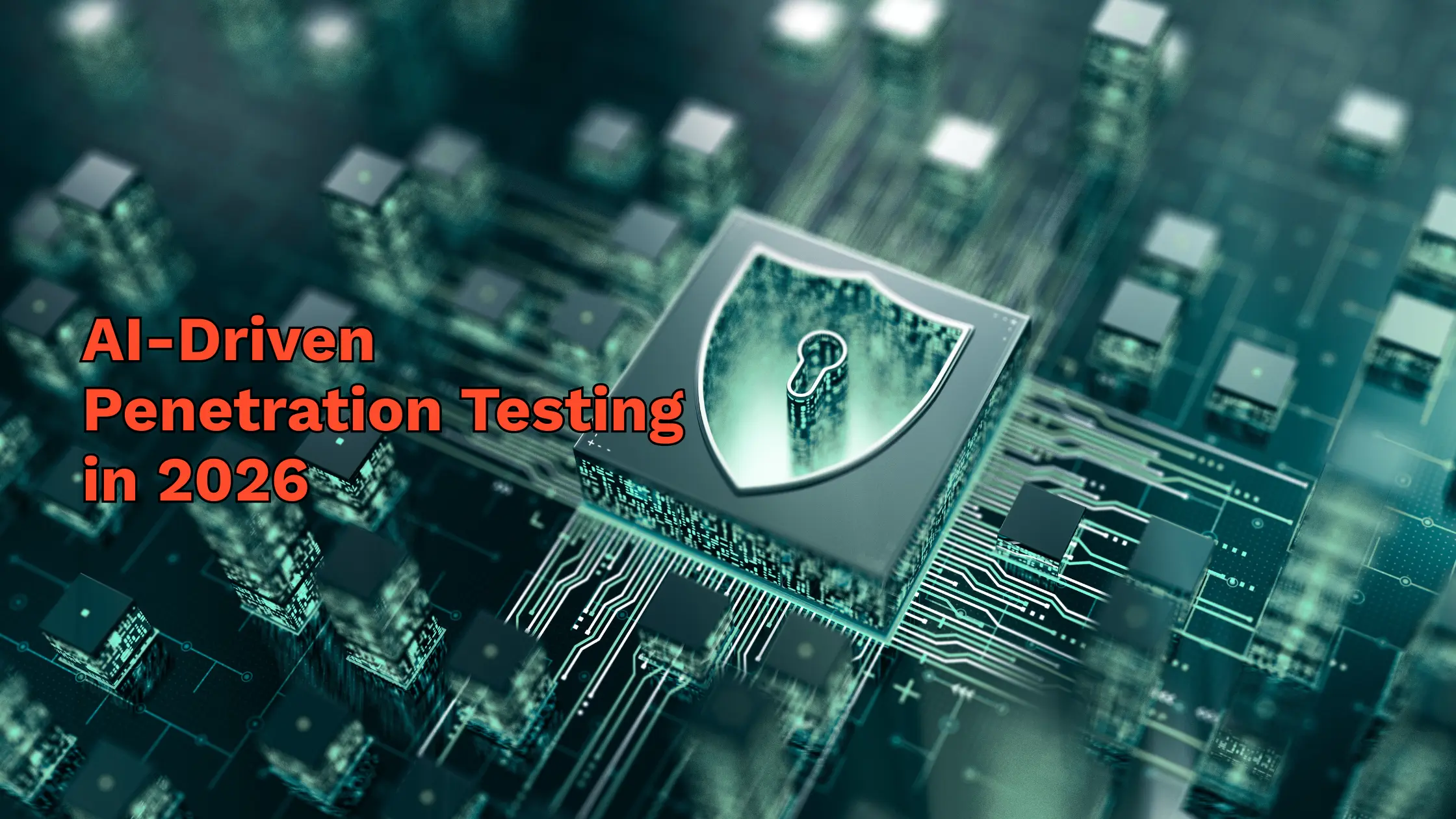
AI-driven penetration testing in 2026 refers to the use of machine learning models, automated scanners, LLM-based assistants, and AI triage systems to detect vulnerabilities at scale.
These systems analyze large codebases, review configurations, classify risks, and identify patterns faster than traditional manual scanning.
Modern AI-driven pentesting tools perform tasks such as:
Traditional penetration testing is a structured, manual assessment where ethical hackers identify, exploit, and validate vulnerabilities across systems, applications, and networks.
Human-led pentesting evaluates elements AI cannot currently interpret, including:
Evidence:
According to the Verizon DBIR 2025 report, 82% of exploited vulnerabilities involved human reasoning, exploit chaining, and contextual analysis. The areas where automation alone is insufficient.
Problems Users Face
ioSENTRIX Solution:
ioSENTRIX delivers human-led exploitation, PoC validation, and business-impact mapping, ensuring no AI-generated finding is accepted without expert review.

Outcome:
Choosing a hybrid model provides both speed and assurance, reducing risk windows and ensuring real vulnerabilities, not just scanner noise, are identified and validated.
ioSENTRIX uses AI to accelerate workflows but relies on certified humans to perform exploitation, logic testing, and contextual validation.
ioSENTRIX Capabilities:
AI and automation are transforming penetration testing, but they are not replacing expert testers.
Businesses in 2026 need speed, validation, and continuous assurance, that is a combination only possible through hybrid testing.
ioSENTRIX delivers this future today, blending AI-driven efficiency with human-led depth to provide validated findings, real-time dashboards, and audit-ready evidence across any environment.
No. AI automates repetitive tasks, but human reasoning is required for exploitation, chaining, and logic flaw detection.
The future is hybrid security combining AI automation and human-led testing for speed and accuracy.
AI will not replace roles requiring creativity, exploit development, threat modeling, and business-context analysis.
Key trends include LLM-driven code analysis, automated triage, continuous scanning, and AI-assisted exploit research.
Adaptive AI agents capable of dynamic threat simulation across cloud and API ecosystems.